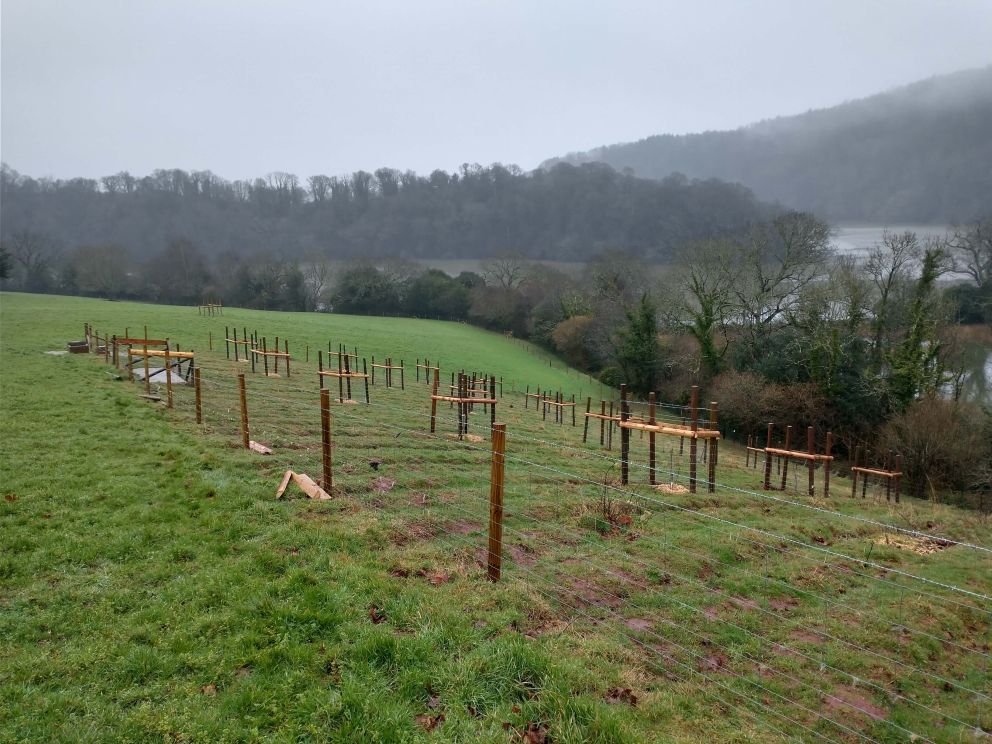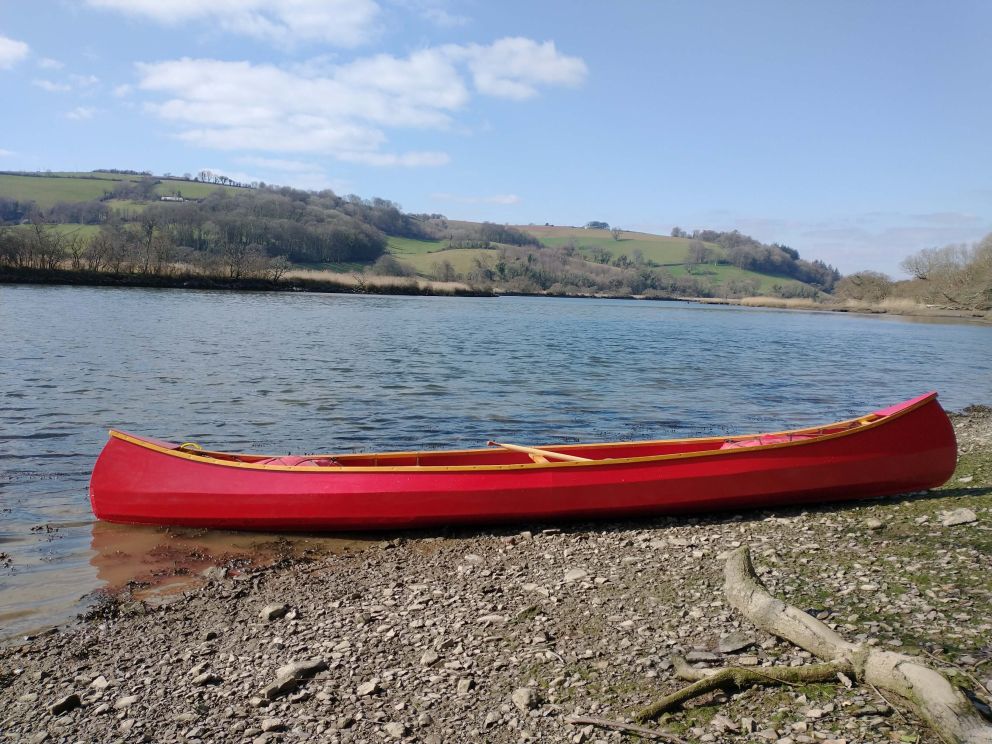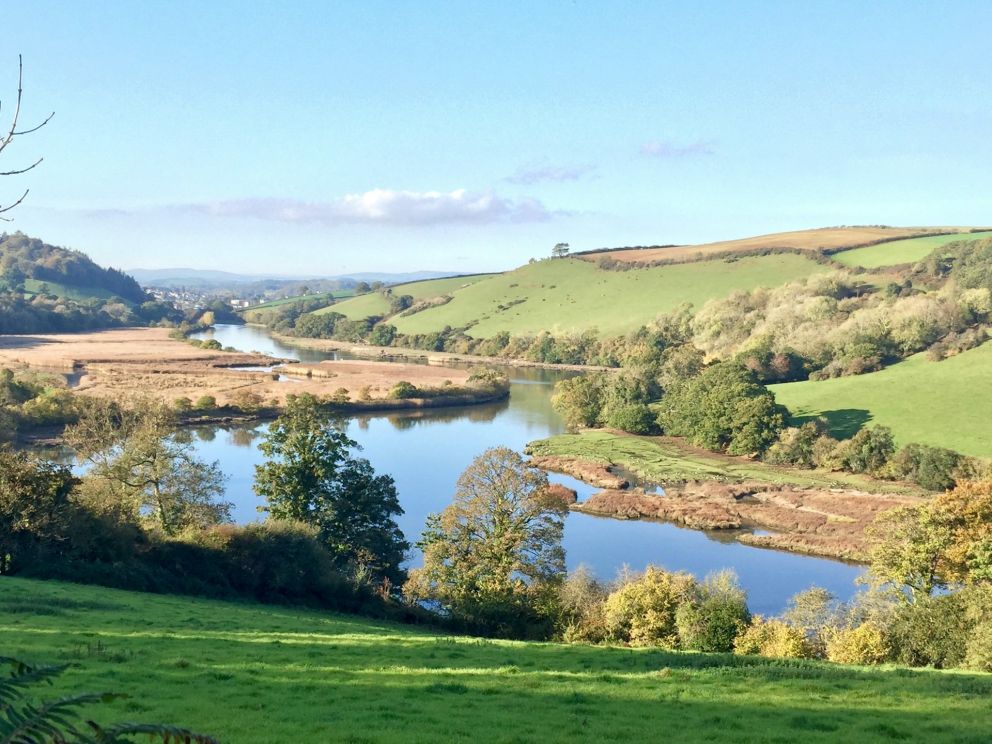| M |
Monitoring |
| M1 |
Develop a Monitoring Plan to coordinate activity. |
Understand the condition of the river and track changes. |
A huge variety of monitoring takes place but is not proactively coordinated. A Monitoring Plan is needed to provide this and ensure best use of resources. See CastCo project for guidance.
The Monitoring Plan needs to be developed in line with identified and prioritised knowledge and data gaps..
There is a need to establish a public platform for the data and communicate findings in accessible formats via WRD website and partners. Partners are already working on this challenge, which is considerable, and a national solution may be the best way to secure progress here.
|
FoD / WRT / EA |
| M2 |
Agree methodology for gathering data on spawning areas, egg deposition and survival and monitor. |
Understand the condition of the river and track changes. |
There is a need to ensure consistent and annual monitoring at key sites to enable population trend monitoring. This work needs to be resourced and coordinated. |
DFCA / WRT / EA |
| M3 |
Analyse video footage from Fishtek to calculate smolt numbers. |
Understand the condition of the river and track changes. |
According to Stantec, video footage exists but needs to be analysed. This provides useful baseline information on smolt survival and might reveal a population bottleneck. Funding is needed to carry out this work on an annual basis. |
EA / DFCA |
| M4 |
Install temperature monitoring equipment in headwaters in spawning locations |
Understand the condition of the river and track changes. |
Temperature monitoring is a data gap identified by Stantec that needs to be filled. There is a potential that high temperatures are affecting spawning success. |
DFCA / WRT |
| M5 |
Monitor occurrence of chemicals in the river and keep a watching brief on emerging research. |
Understand the condition of the river and track changes. |
SWW / EA monitor a range of chemicals closely, as a drinking water catchment. FOD has recently carried out detailed testing and WRT have prioritised this issue. Run-off from roads and moorland wildfires are likely to be key new research areas, potentially adding to acidification problem. Funding for ongoing sampling and testing for chemicals is needed. |
SWW / EA / FOD / WRT |
| R |
Research |
| R1 |
Understand and prioritise national/local research gaps that work in the Dart could help fill through collaboration with local universities. |
Commission research to fill data gaps |
There is a need to engage students at all levels in carrying out research and building evidence. PhD level research is most likely to yield actionable results.
Funding is needed to support this work.
|
River Dart Catchment Partnership |
| R2 |
Identify any correlation between low pH, metals and salmonid survival. |
Commission research to fill data gaps |
A Masters thesis has been published providing some evidence and data loggers remain in situ, but need further funding. Aligning data loggers and monitoring with survey sites for electrofishing is needed, to inform further research. |
DFCA / UoP |
| R3 |
Support fisheries research into likely causes of salmon mortality in the Dart. |
Commission research to fill data gaps |
Population bottlenecks and appropriate mitigation measures need further research. |
River Dart Catchment Partnership |



